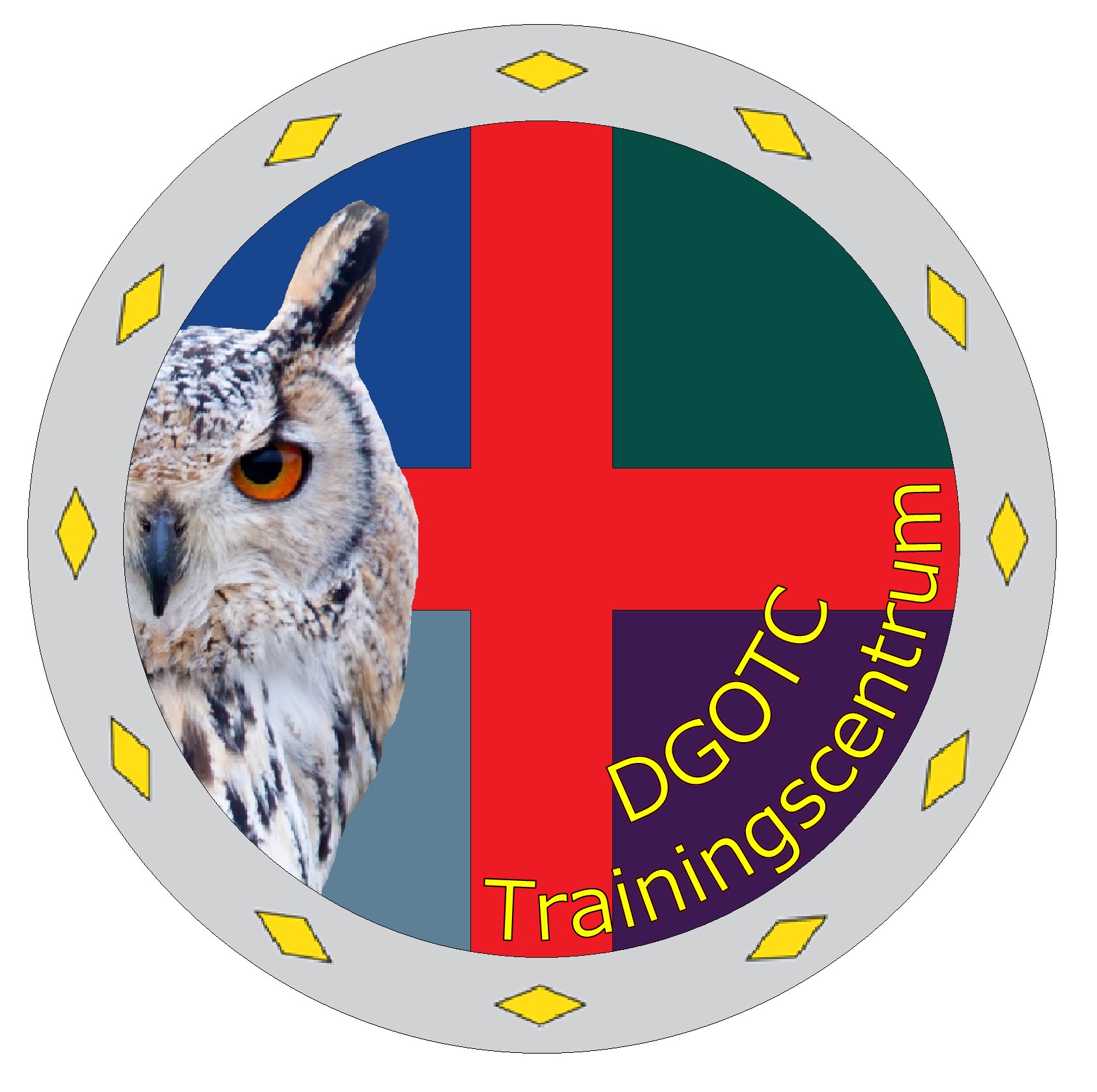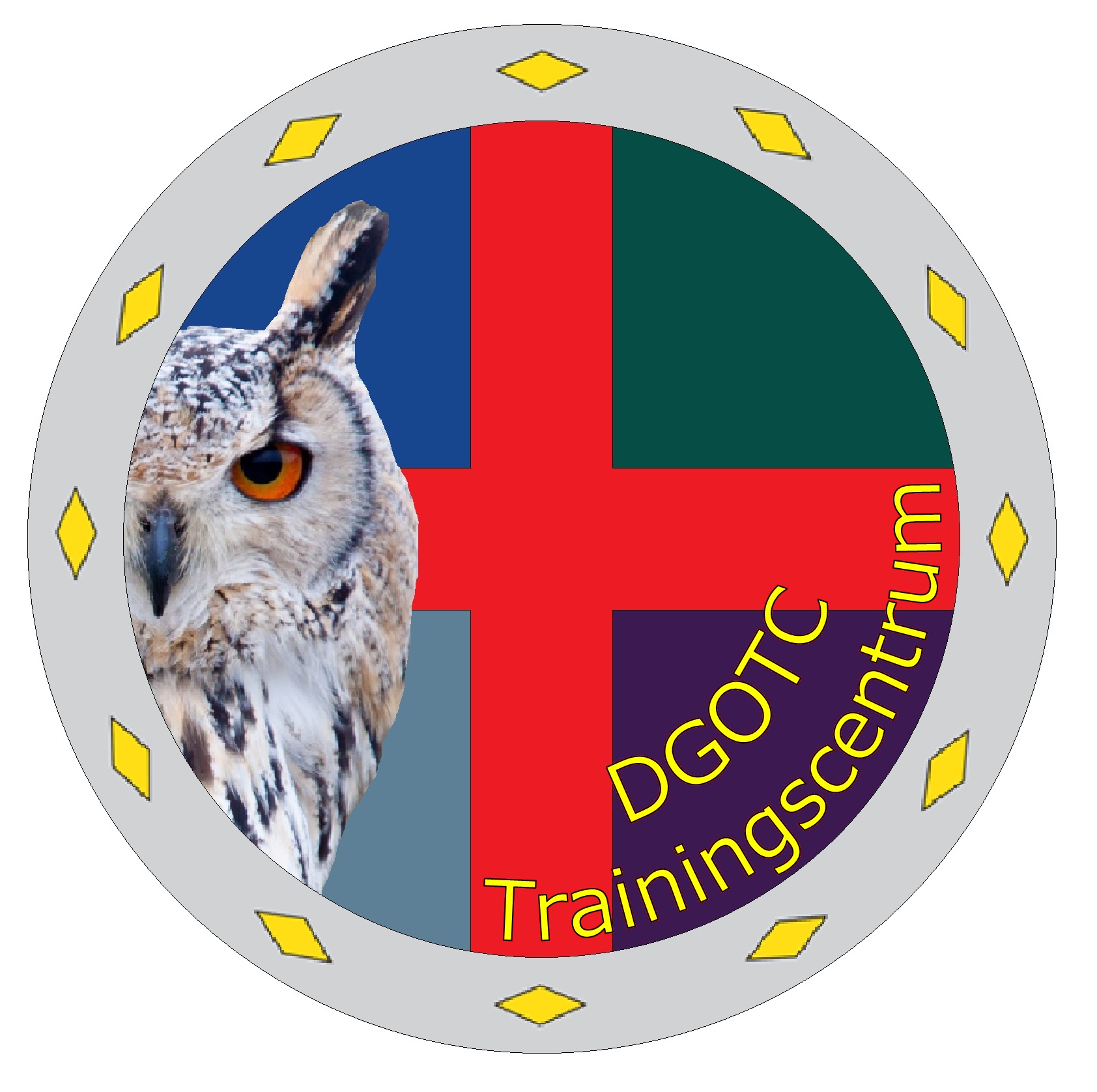Information
-
Audit Title
-
Conducted on
-
Prepared by
-
Location
-
FC: Fully Capable / No risks identified
C: Capable / Minor risks identified
CL: Capable with Limitations / Major risks identified
1 - Command
-
IV.1.1 - Be able to perform, direct and guide IAW the TBM/OATDOEM command process in order to fulfill the assigned tasks efficiently and effectively at all times
-
IV.1.2 - Be aware of the assigned task, responsibilities and restrictions within the functional area
-
IV.1.3 - Be aware of and be able to apply the Medical Rules of Eligibility
-
IV.1.4 - Be aware of national caveats in relation to assignment
-
IV.1.5 - Ensure interoperability between hospital (niv III) and supporting elements
-
IV.1.6 - Be able to understand OPORDERS from 1-up & 2-up and translate the information into relevant company information
-
IV.1.7 - Be aware of media procedures and be able to engage with the media
-
IV.1.8 - Be able to make company oporders according to NATO standards
-
IV.1.9 - Be able to prepare and conduct (VIP) visits
2 - Control
-
IV.2.1 - Be able to control the medical, logistical and personnel related procedures within the company
-
IV.2.2 - Be able to formulate and update personelllists
-
IV.2.3 - Be aware of the location of all personnel
-
IV.2.4 - Be able to conduct a RAO and ensure procedures or measures to minimize risks
-
IV.2.5 - Be able to respond to and control a MASCAL situation
3 - Communication
-
IV.3.1 - Be able to use the available communication means
-
IV.3.2 - Be able to communicate with relevant stakeholders in the AOR (chain of command, inside base and outside base)
-
IV.3.3 - Be able to communicate with FM-9000 radio, portable radio and TITAAN
-
IV.3.4 - Be able to communicate with other levels in the AOR and other stakeholders outside base
-
IV.3.5 - Be aware of and able to formulate key messages for the company in line with national or higher commands intents or guidelines
-
IV.3.6 - Ensure information is communicated through the chain of command
-
IV.3.7 - Be aware of and be able to make the proper use of the applicable Lines of Communications (LOC)
-
IV.3.8 - Be aware of mediaprocedures and be able to communicate with the media
-
IV.3.9 - Have knowledge of who to contact and how to contact all steakholders for (planned) medical support to operations
4 - Computers
-
IV.4.1 - Ensure the availability of the required systems at all times in order to operate the system including telemedicine
-
IV.4.2 - Ensure logging of all available digital information
-
IV.4.3 - Ensure the use of a data backup system
-
IV.4.4 - Ensure the availability of backup procedures or system in order to continue operations
-
IV.4.5 - Ensure the safety of privileged data IAW the regulations in effect
-
IV.4.6 - Store, secure and maintain crypto according to SOP
-
IV.4.7 - Have an emergency procedure to destroy crypto and the replacement of it
-
IV.4.8 - Make use of the NATO naming convention
-
IV.4.9 - Be able to exchange data between TITAAN and other networks
5 - Information
-
IV.5.1 - Be able to validate/verify information
-
IV.5.2 - Be able to disseminate information effectively to all parties involved
-
IV.5.3 - Be able to exchange information within the network
-
IV.5.4 - Be able to formulate RFI's
-
IV.5.5 - Be aware of all relevant stakeholders in the AOR
6 - Security Management
-
IV.6.1 - Ensure the safety of secure data IAW the regulations in effect
-
IV.6.2 - Be aware of and able to conduct information security according to SOP
-
IV.6.3 - Be aware of and able to conduct personal security according to SOP
-
IV.6.4 - Correct classification of information and correct usage of classified information
-
IV.6.5 - Be aware of and able to conduct physical security within the hospital and CCP IAW regulations
7 - Current operations
-
IV.7.1 - Be aware of the medical footprint, the medical capabilities, capacities and limitations of all medical systems in the mission area including air, sea and ground transportation means
-
IV.7.2 - Ensure the regular update of all planned operational medical support information
-
IV.7.3 - Be able to inform the Medical Advisor and Operational Commander(s) immediately on the medical operational situation
-
IV.7.4 - Be able to advise the Medical Advisor and Operational Commander(s) immediately on patient transfer options
-
IV.7.5 - Be able to report and return on (daily)activities IAW SOP
-
IV.7.6 - Be able to prepare and maintain a current casualty disposition slide
-
IV.7.7 - Ensure the continuously update of all operational medical information
-
IV.7.8 - Be able to understand the ongoing operations in the AOR and analyse the possible impact for the medical operation
-
IV.7.9 - Be able to deduct information in the AO from and to higher levels IOT improve own situational awareness and situational understanding
8 - Planned operations
-
IV.8.1 - Be aware of the planned military operations
-
IV.8.2 - Be able to anticipate and act on changing requirements for medical support depending on the actual situation that have effect or future operations
-
IV.8.3 - Be able to advise the Medical Advisor and Operational Commander(s) on the medical support for future operations
-
IV.8.4 - Have knowledge of who to contact and how to contact all stakeholders for the planned medical support to operations
-
IV.8.5 - Be able to log and report on planned medical support activities
-
IV.8.6 - Be able to evaluate executed operational medical support plans
-
IV.8.7 - Be able to identify lessons learned and apply these to future operational medical support plans
-
IV.8.8 - Be able to advise on adaptation of medical planning
-
IV.8.9 - Ensure the regular update of all planned operational medical support information







